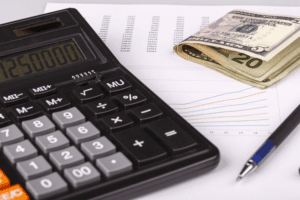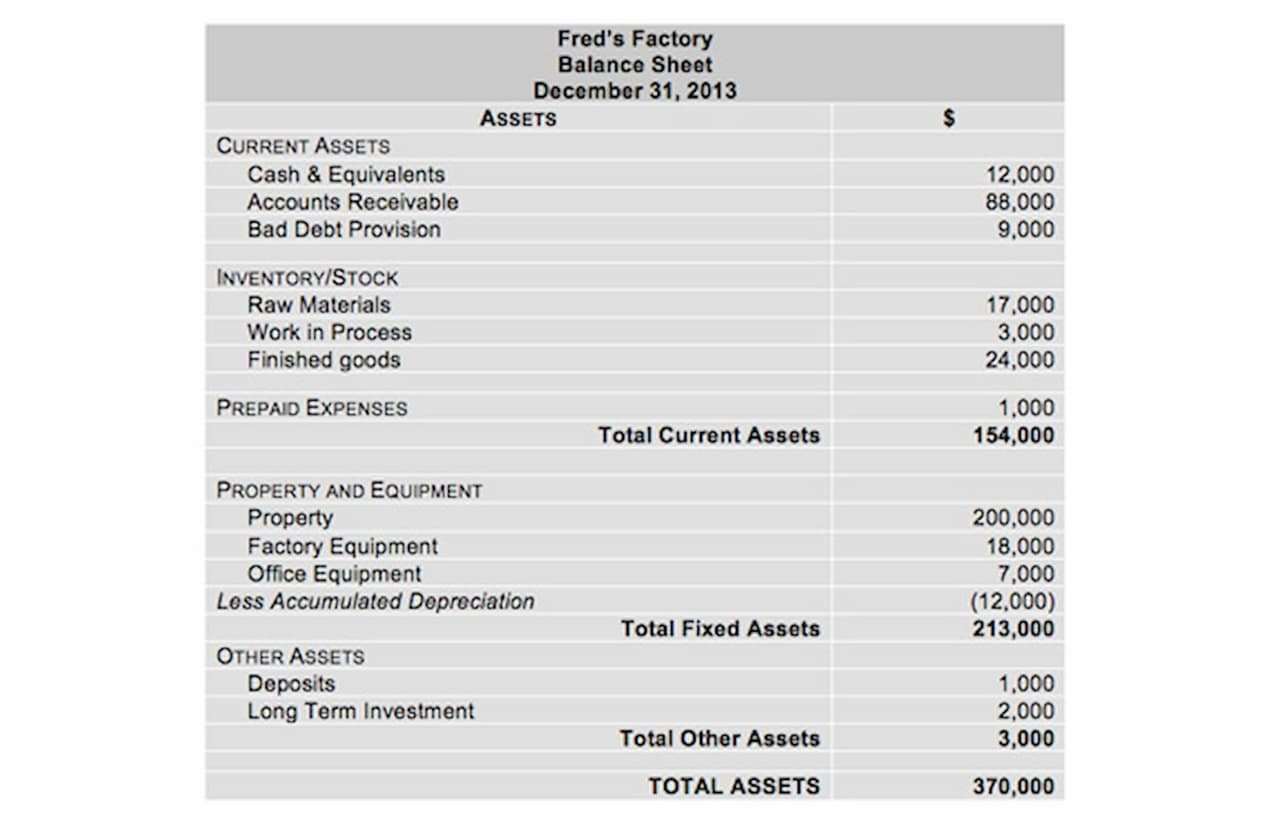
The most basic type of depreciation is the straight line depreciation method. So, if an asset cost $1,000, you payroll might write off $100 every year for 10 years. The company believes the asset’s value will deteriorate significantly more in the initial years compared to later. ABC Co. has traditionally used the double-declining balance method for depreciating assets.
Basic depreciation rate
- Therefore, the double-declining balance method depreciation for the second year will be as follows.
- He currently researches and teaches economic sociology and the social studies of finance at the Hebrew University in Jerusalem.
- With the double declining balance method, you depreciate less and less of an asset’s value over time.
- The steps to determine the annual depreciation expense under the double declining method are as follows.
- If the beginning book value is equal (or almost equal) with the salvage value, don’t apply the DDB rate.
Multiply the straight line depreciation rate by 2 to get the double declining depreciation rate. Understanding the pros and cons of the Double Declining Balance Method is vital for effective financial management and reporting. In summary, the choice of depreciation method depends on the nature of the asset and the company’s accounting and financial objectives.
- This section gives an insight into why some companies would not want to have a double declining balance method as an option to depreciate their assets.
- This article delves into the DDB depreciation formula, its calculation, advantages, disadvantages, and practical applications.
- AI-powered accounting software can significantly streamline these depreciation calculations.
- Salvage value is the estimated resale value of an asset at the end of its useful life.
- Our editorial team independently evaluates products based on thousands of hours of research.
- When changing depreciation methods, companies should carefully justify the change and adhere to accounting standards and tax regulations.
Free Double Declining Balance Depreciation Template (Calculator)

You can calculate the double declining rate by dividing 1 by the asset’s life—which gives you the straight-line rate—and then multiplying that rate by 2. Let’s assume that FitBuilders, a fictitious construction company, purchased a fixed asset worth $12,500 on Jan. 1, 2022. The company estimates that its useful life will be five years and its salvage value at the end of its useful life would be $1,250. Deskera Books is an online accounting software that your business can use to automate the process of journal entry creation and save time. The double-entry record will be auto-populated for each sale and purchase business transaction in debit and credit terms. Their values will automatically flow to respective financial reports.You can have double declining depreciation access to Deskera’s ready-made Profit and Loss Statement, Balance Sheet, and other financial reports in an instant.

The drawbacks of double declining depreciation
- You calculate 200% of the straight-line depreciation, or a factor of 2, and multiply that value by the book value at the beginning of the period to find the depreciation expense for that period.
- First-year depreciation expense is calculated by multiplying the asset’s full cost by the annual rate of depreciation and time factor.
- We can understand this by illustrating the case of a company that identifies huge profits on asset sales.
- That’s why depreciation expense is lower in the later years because of the fixed asset’s decreased efficiency and high maintenance cost.
- At Taxfyle, we connect individuals and small businesses with licensed, experienced CPAs or EAs in the US.
This means that compared to the straight-line method, the depreciation expense will be faster in the early years of the asset’s life but slower in the later years. However, the total amount of depreciation expense during the life of the assets will be the same. Like the double declining balance method, the sum-of-the-years’ digits method is another accelerated depreciation method. It is calculated by multiplying a fraction by the asset’s depreciable base in each year. The fraction uses the Partnership Accounting sum of all years’ digits as the denominator and starts with the largest digit in year 1 for the numerator.
Example with Detailed Calculation

Additionally, the company may provide further detail on its depreciation methods and assumptions in the notes to the financial statements. This may include information on the useful lives and salvage values used for each asset and the depreciation rates and methods applied. The biggest thing to be aware of when calculating the double declining balance method is to stop depreciating the asset when you arrive at the salvage value. That is less than the $5,000 salvage value determined at the beginning of the asset’s useful life. Note, there is no depreciation expense in years 4 or 5 under the double declining balance method. Double declining balance depreciation allows for higher depreciation expenses in early years and lower expenses as an asset nears the end of its life.

Step 4: Compute the Final Year Depreciation Expense

Also, some jurisdictions may have specific rules or variations on how to apply the double declining balance method, so it’s always a good idea to consult applicable accounting standards or regulations. The units of output method is based on an asset’s consumption of measurable units. It is most likely to be used when tracking machine hours on a machine that has a useful life of a given number of total machine hours. The depreciation expense calculated by the double declining balance method may, therefore, be greater or less than the units of output method in any given year. For comparison’s sake, this is what XYZ Company would book for depreciation expense every year under the straight line depreciation method versus double declining balance depreciation method. While most companies would look to avoid using the double declining balance method for depreciating their assets, some may still go with it.
You’ll also need to take into account how each year’s depreciation affects your cash flow. Since the company charged depreciation on the vehicle for the first year, its opening book value has changed. Based on the above calculation, this opening value will be $80,000 ($100,000 cost – $20,000 depreciation). Therefore, the double-declining balance method depreciation for the second year will be as follows.